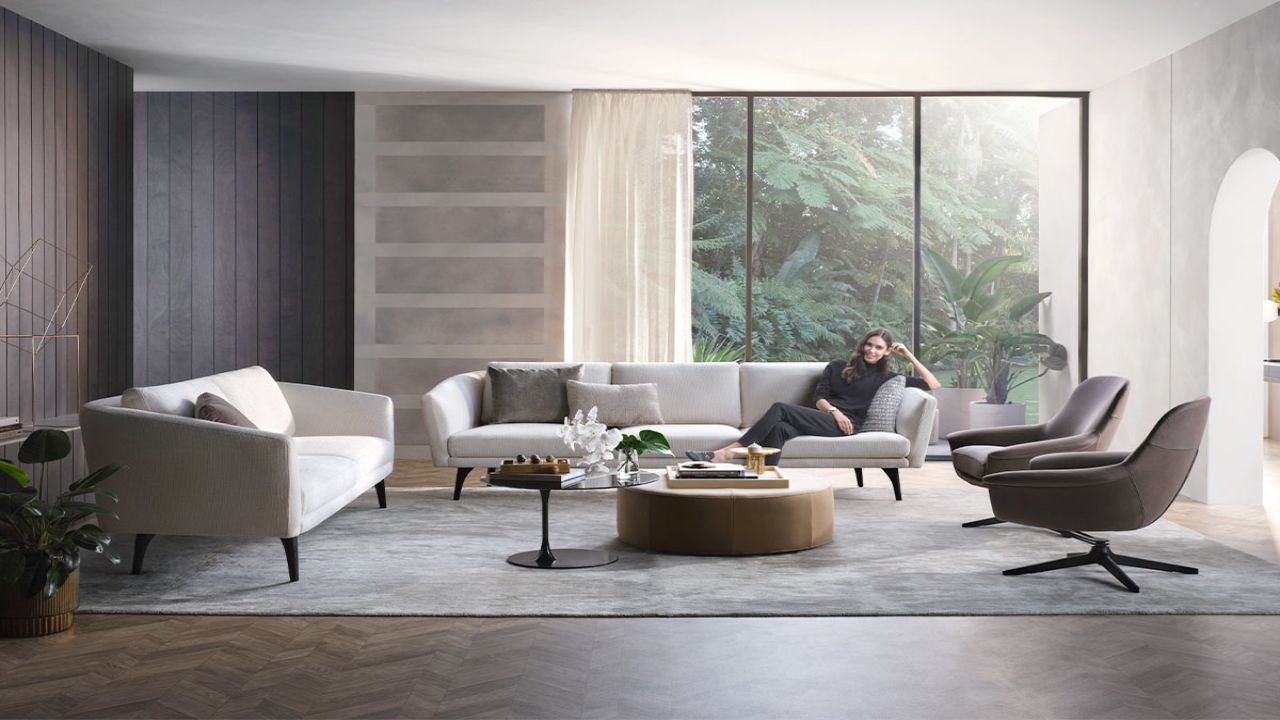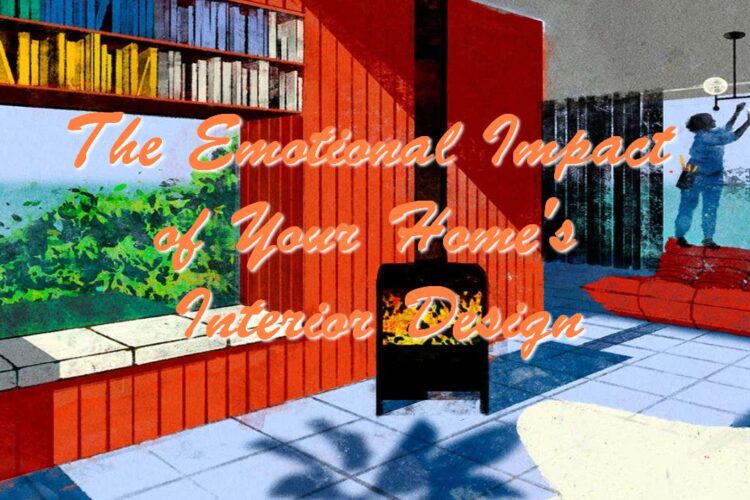The interior of your home is more than just a physical space; it’s a reflection of who you are and how you feel. Beyond the aesthetics, your home’s interior design can significantly influence your emotional state. From the colors you choose to the lighting, furniture arrangement, and personal touches, every aspect of your home plays a vital role in shaping your mood, stress levels, and overall well-being. In this article, we’ll delve into how your home’s interior can affect your emotions and offer tips to create a harmonious and uplifting living environment.
Colors and Mood

Colors have a profound impact on our emotions and psychology. Each color carries unique feelings and can influence our mood. Warm colors like red and orange can evoke energy and passion, while cool colors like blue and green induce calm and tranquility. Knowing the psychology of colors is essential when selecting paint and décor for different rooms. For example, calming blues in the bedroom can promote relaxation and better sleep, while vibrant yellows in the kitchen can stimulate creativity and happiness. Equip with the right colors and modern home devices like Ismartgate products and others to feel the whole potential of your home.
Lighting and Ambiance
The type and intensity of lighting in your home can significantly impact your emotional well-being. Natural light is known to boost mood and productivity while reducing stress and anxiety. Ensure that your home allows ample natural light by using light curtains or blinds and keeping windows unobstructed. Consider incorporating dimmable lights to create different atmospheres throughout the day. Soft, warm lighting can foster a cozy and relaxing ambiance, while bright, cool lighting is ideal for tasks and productivity.
Declutter for Mental Clarity

A cluttered and disorganized living space can lead to a cluttered mind. Excessive clutter can cause feelings of overwhelm and stress, making it challenging to relax and focus. Regularly declutter and organize your home to promote mental clarity. Implement clever storage solutions to keep things tidy and avoid unnecessary mess. A clean and organized environment can promote a sense of calmness and well-being.
Personal Touches and Sentimental Items
Surrounding yourself with personal touches and sentimental items can create a comforting and emotionally connected home. Display photographs, artwork, or heirlooms that hold special memories and incorporate elements that represent your interests and passions. These personalized touches can evoke positive emotions and a feeling of belonging.
Furniture Arrangement for Flow and Comfort

The layout and arrangement of furniture can impact the flow and functionality of your home, directly influencing your emotional state. Consider the purpose of each room and arrange the furniture accordingly. Create open spaces that encourage movement and make it easy to navigate through your home. Additionally, invest in comfortable furniture that supports good posture and relaxation. A well-organized and ergonomic space can enhance your sense of well-being.
Nature and Biophilic Design
Connecting with nature has proven benefits for mental and emotional health. Integrate elements of nature into your home, such as indoor plants, natural materials, and nature-inspired artwork, to evoke feelings of serenity and happiness. Biophilic design aims to bring nature indoors, promoting a deeper connection to the natural world and improving overall well-being.
Conclusion
Your home is a sanctuary, and its interior design can have a profound impact on your emotional state. From the colors on the walls to the furniture arrangement and personal touches, every aspect of your home contributes to your well-being. By understanding how interior design influences your emotions, you can create a space that fosters positivity, relaxation, and happiness. Take the time to thoughtfully design and arrange your home to support your emotional needs, transforming it into a place that truly feels like home.
